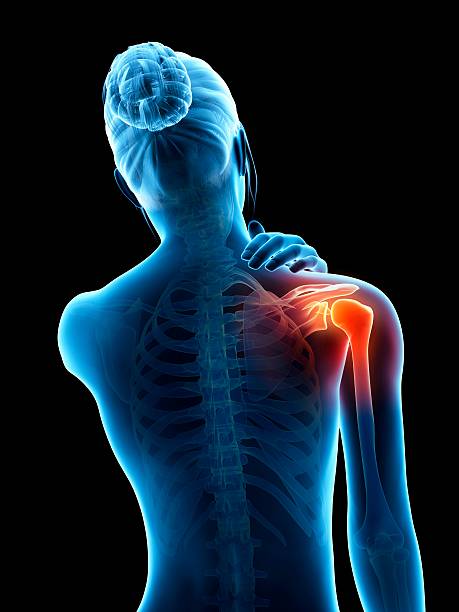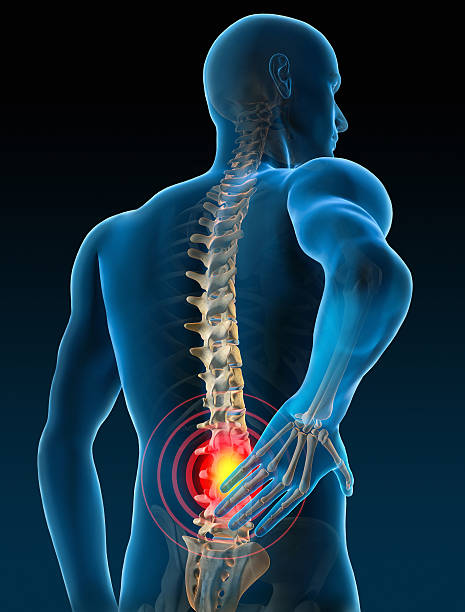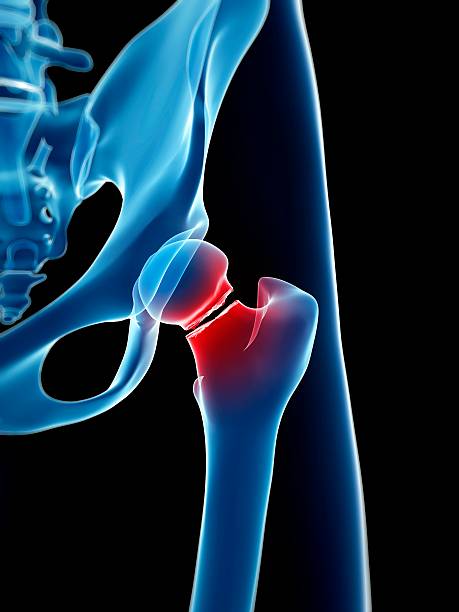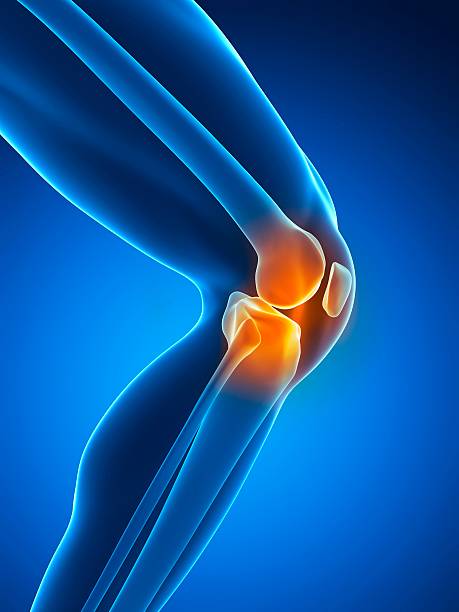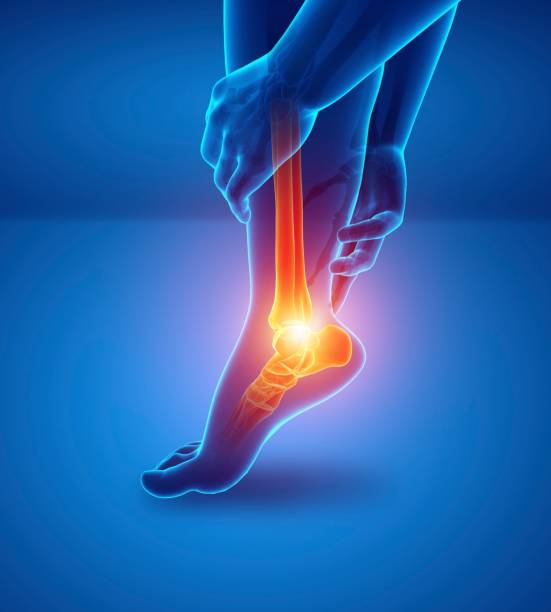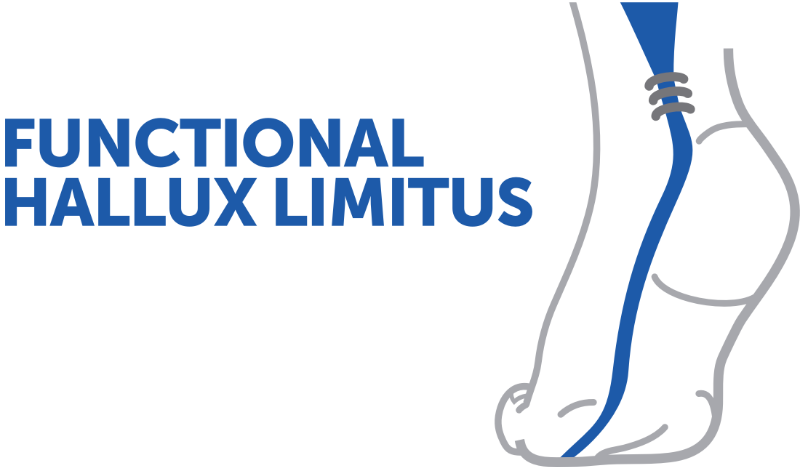Hip prosthesis today: what challenges?
This presentation by Dr. Vallotton addresses current challenges in hip surgery. He discusses technical advances, materials, rehabilitation protocols, and the importance of patient-centered, multidisciplinary care.
Doctors
Topics
Treatments
Advice
- Dr Jacques Vallotton
- Success and volume of prostheses
- Techniques and biomaterials
- Perioperative management
- Rehabilitation
- Patient Indications and Expectations
- Total hip replacement
- Post-operative rehabilitation
- Importance of patient information
- Optimized intraoperative management
- Early rehabilitation
- Psychological preparation
- Minimally invasive techniques
Information
Video type:
Anatomy:
Surgery:
Thematic:
Hip replacement: frequent surgery, high expectations
Total hip replacement is now a common procedure, with lasting results in a large majority of patients. The cumulative success of this surgery has broadened the indications, including in younger subjects, with high functional expectations. The challenge is no longer simply the implantation of a reliable device; it consists of restoring a stable, pain-free hip that is "forgotten" in daily life.
In this context, preoperative information and anticipation of comorbidities take center stage. Understanding the goals, risks, and care pathway helps align expectations and prepares the patient for early rehabilitation. This function-centered vision guides all care.
From indication to planning: personalize without dogma
The indication is based on a range of arguments: pain, functional limitation, imaging, and failure of conservative treatments. Preoperative planning and, depending on the case, navigation assistance allow key parameters (center of rotation, length, offset) to be optimized while respecting anatomy. No single approach is universally preferred; minimal invasiveness is judged more by tissue care than by the size of the incision.
Thus, the choice of implant, friction torque and technique is part of an individualized logic. Operative control and quality of exposure are paramount to position the components in reproducible conditions, guaranteeing stability and longevity.
The well-informed patient becomes an actor in his recovery.
Materials and fixing: caution informed by experience
Contemporary biomaterials (notably highly cross-linked polyethylenes and ceramic couples) have improved machining and wear resistance. Lessons learned from past failures, such as some metal-metal couples, highlight the need for rational selection. Regarding fixation, whether cemented or cementless, the literature and records show high performance for both approaches, with nuances depending on age, bone, and stem design.
In this context, the decision remains clinical: favor proven solutions, adapted to the anatomy and load profile, rather than novelty for its own sake. Long-term reliability and predictability remain the guiding criteria.
Intraoperative care and rehabilitation: accelerate without rushing
Modern management combines controlled hypotension as indicated, blood loss control (e.g., tranexamic acid), and multimodal analgesia to reduce opioids. Early weight-bearing and mobilization are integrated into fast-track protocols, organized with the anesthesiologist, the nursing team, and physiotherapy. The objective is twofold: to secure the immediate postoperative period and promote rapid functional recovery.
Beyond the length of stay, it's the quality of the program that matters: clear explanations, guided exercises, and concrete benchmarks for independence at home. Consistent multidisciplinary coordination limits complications and consolidates the path to return to activity.
Rehabilitation is half the treatment.
Measuring what matters: from technical score to perceived result
Outcome assessment increasingly relies on patient-reported measures (PROMs). These reflect pain, function, and quality of life, which are key dimensions for judging success beyond radiographic parameters alone. Aiming for a “forgotten prosthesis” means seeking a hip that is stable, quiet, and aligned with individual expectations.
Thus, technical excellence serves a simple goal: to enable smooth walking, pain-free sleep, and a safe return to activity. These tangible benchmarks guide the preoperative discussion and the progression of rehabilitation.
An integrated patient-centered pathway
Inform, reassure, and support: these three verbs structure an effective therapeutic education program, from the consultation to the patient's return home. Clear support materials, daily objectives, and close monitoring strengthen commitment and trust. This dynamic explains sometimes shorter stays, not out of haste, but because the patient feels ready.
Ultimately, the success of a hip replacement isn't just about the implant. It's about aligning the steps, consistent messaging, and continuity of care, for a lasting recovery that's tailored to your life's goals.
Pathologies treated at the center
Hallux Limitus
Functional
Your pain has a cause.The balance sheet allows us to understand it.
- Gait analysis
- Posture Assessment
- Guidance on the right treatment
- Study of plantar supports and supports
- Detection of compensations
- Pain–movement correlation
The functional assessment allows us to understand how a joint or postural imbalance can trigger or perpetuate pain. Very often, imaging is normal, but movement is disturbed. By analyzing gait, weight-bearing patterns, or posture, we identify the weak links in the chain and guide targeted treatment adapted to the patient's actual mechanics.


